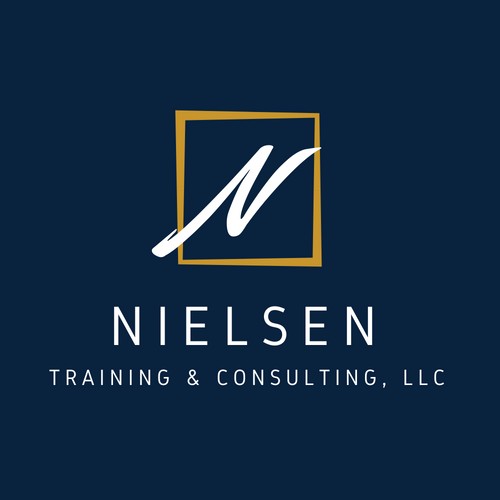Finding Your North Star Through Strategic Planning
In any profession, certain words and phrases provoke reactions from cringing to shrieking, eye rolling to angst. For too long, strategic planning has been one of those cringe-inducing phrases for nonprofit leaders. Perhaps scarred by a past planning effort, many nonprofit leaders and Board members describe lengthy, laborious, and ultimately ineffectual processes that failed to translate their organizational vision into reality. There is hope, and a path to a far more energizing and effective plan!
A nonprofit’s vision represents its north star, that destination and desired future state all activities, programs, and actions orient towards. A strategic plan serves as a roadmap to enable an organization to set priorities and measure progress. It informs the direction of the organization, generates heightened engagement and ownership of the mission, and inspires staff, Board, volunteers, and the community to envision bold possibilities.
While there arguably may have been a time in the past when lengthy 5-10 year plans that took up to a year to produce were relevant, the landscape for nonprofits now changes far too quickly and far too dramatically to rely on this approach. Instead, many nonprofits have switched to a more agile approach of strategic planning that seamlessly can transition into implementation. Three important keys are integral to chart an effective and engaging strategic planning course:
Purpose:
Gaining clarity and consensus around the purpose of their strategic planning need enables an organization to understand the context and environment in which the planning will occur. Has a previous plan term expired? Is the organization preparing for an expansion? Is there an internal or external challenge confronting the organization?
One of the main purposes and benefits of a thoughtful strategic planning process is the opportunity to better understand the ecosystem or the time and place in which your nonprofit is existing. Many organizations use only their own internal data and perspectives during planning. While internal data is important, it should also be complemented with outside perspectives. These outside perspectives should include those closest to the organization, such as those served, current funders and organizational partners, as well as those who an organization may connect with in the future (such as lapsed donors or foundations to which an organization always applies, but never receives an award).
Once an organization has a firm grasp on its ecosystem, the purpose of its strategic planning efforts can transition to embracing tough choices and decisions. What must we accomplish? What must we let go? What resources or capacity will we need? It is in this robust discussion and decisionmaking process that the value of strategic planning becomes clear.
People:
Any planning process is only as effective as the leaders who will embrace and own it. Who will you include in the planning? Who will "own" the planning effort? Who will facilitate the process? Put a slightly different way, another question I routinely ask Board leaders at the outset of a strategic planning process is, “Who isn’t currently in the room who should be? A universal truth of Board governance, and planning, is that the people in the room determine the questions that are asked.
Therefore, it is vitally important that nonprofits discuss at the outset of their strategic planning process the role that various stakeholder groups will play. Effective strategic planning gathers input and data from a wide variety of sources, synthesizes it, and then enables a smaller group of core leaders to make critical decisions. The most effective planning processes tend to have a core team of 5-7 organizational leaders, ideally representing both Board and staff members.
Process:
Defining the process, or series of steps, to lead your nonprofit to planning success requires thoughtfulness and intentionality. Engaging with a skilled facilitator or Consultant to work with you to craft this process can allow the Board and senior leadership team to be fully present and actively participate in the plan creation, rather than bogged down in the facilitation of the process. In consultation with their facilitator, nonprofit leaders should evaluate the planning processes that have worked well with their team in the past and the type of process needed to confront the challenges of today. Will your Board and key staff team respond better to a full-day retreat or a series of shorter sessions? Will you need to revisit the mission, vision, and values of the organization or do they still reflect the organization’s north star?
Strategic planning is one of the most important and impactful efforts nonprofit leaders undertake. However, it can also be a process that can give even the most seasoned and capable leaders pause. This is especially true for the transition from strategic planning to implementation, which is one of the most likely times for efforts to be derailed and for vision never to be realized. Nonprofit leaders must look for a process that works for them and their Board. Finding Your North Star ™, developed by Gary Romano of Civitas Strategies, is one such research-based process for strategic planning that has proven highly effective. It is grounded in five key components designed to move planning teams from understanding their organization’s ecosystem to preparing to navigate emergent strategy to monitoring and refining the plan to ensure progress:
● Principles of Design
● Goal-Setting;
● Metrics of Success;
● Strategy Design; and
● Action Planning.
A systematic process ensures that steps are not skipped promotes accountability and results in a plan that is bold, yet rooted in a sustainable business model -- a plan that is likely to move your nonprofit one step closer to your north star.
Against a backdrop of countless challenges for nonprofit leaders and Board members, strategic planning can sometimes seem like a daunting undertaking. However, if you begin with the 3 P's of Purpose, People, and Process, you can set your organization on a path towards a successful outcome.

